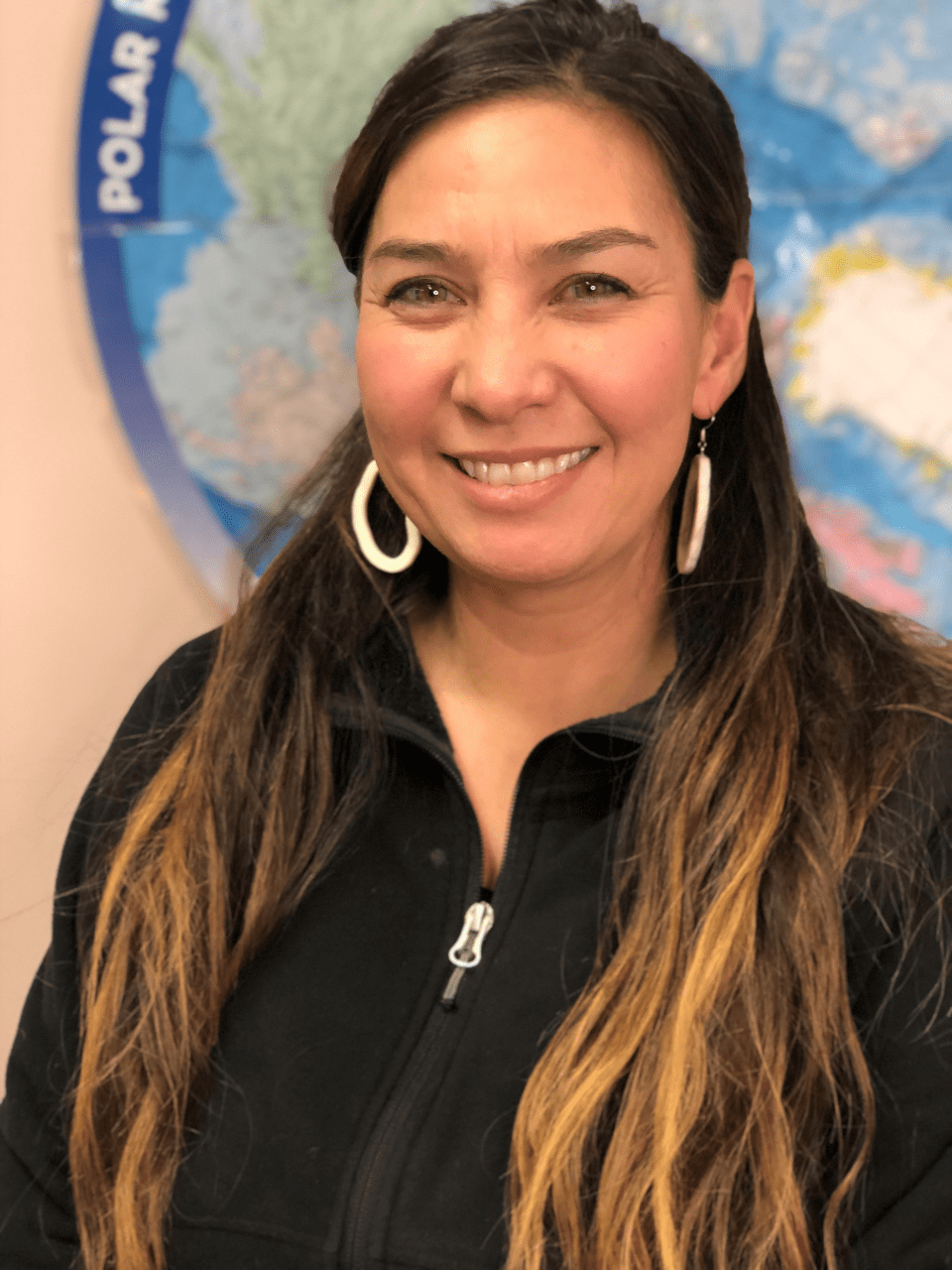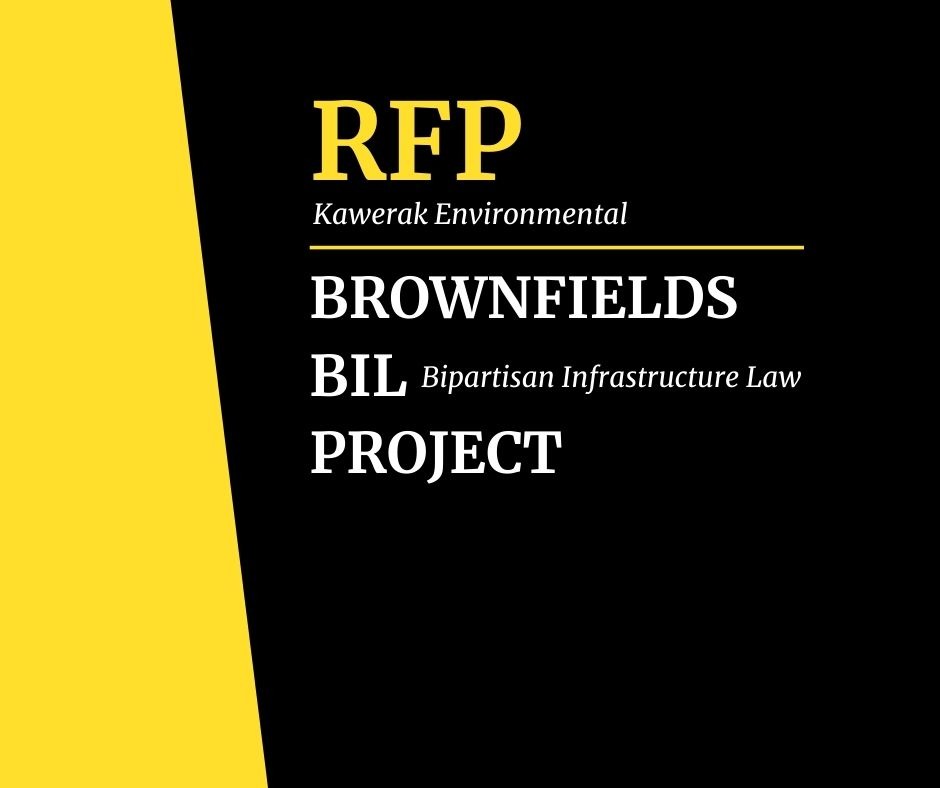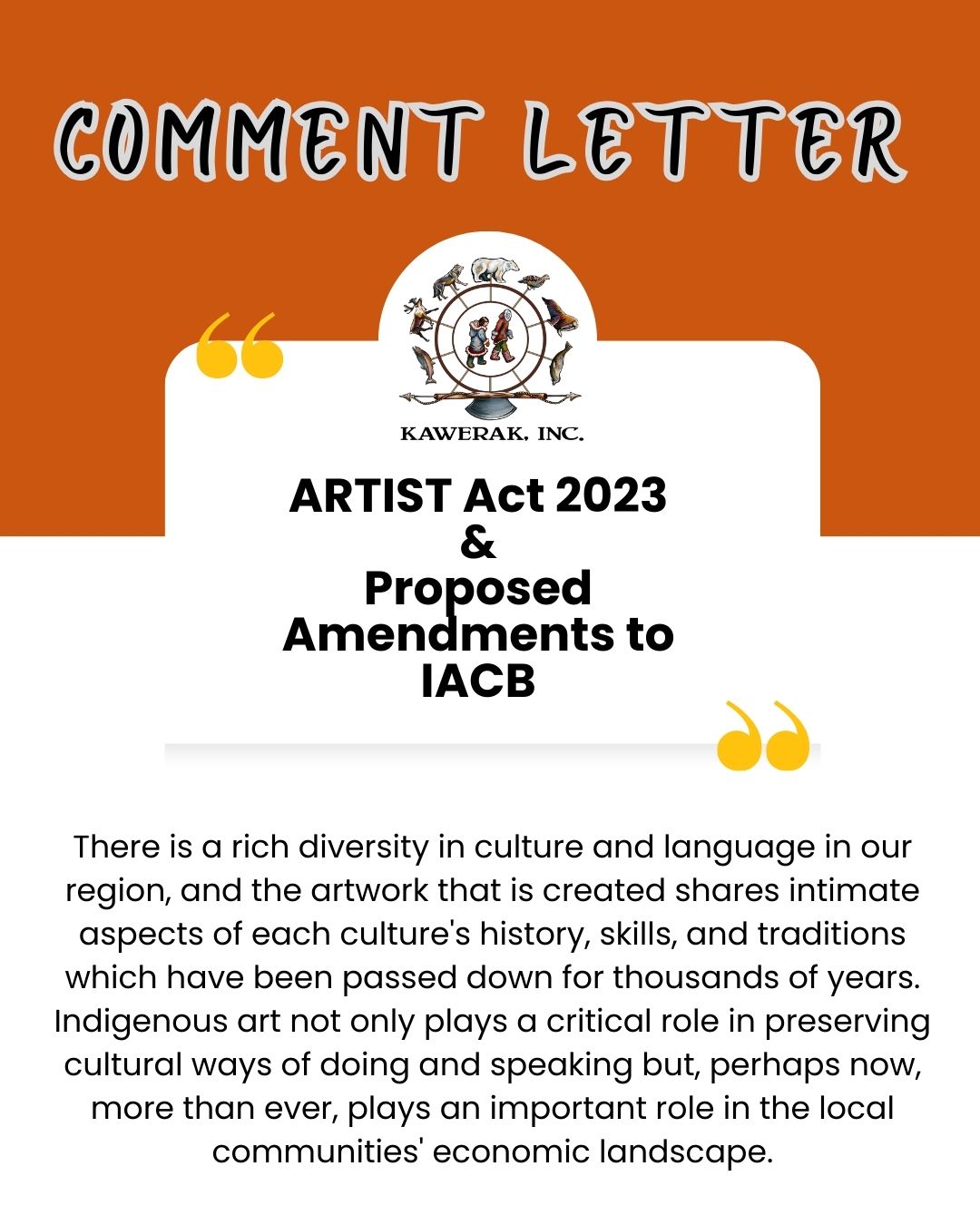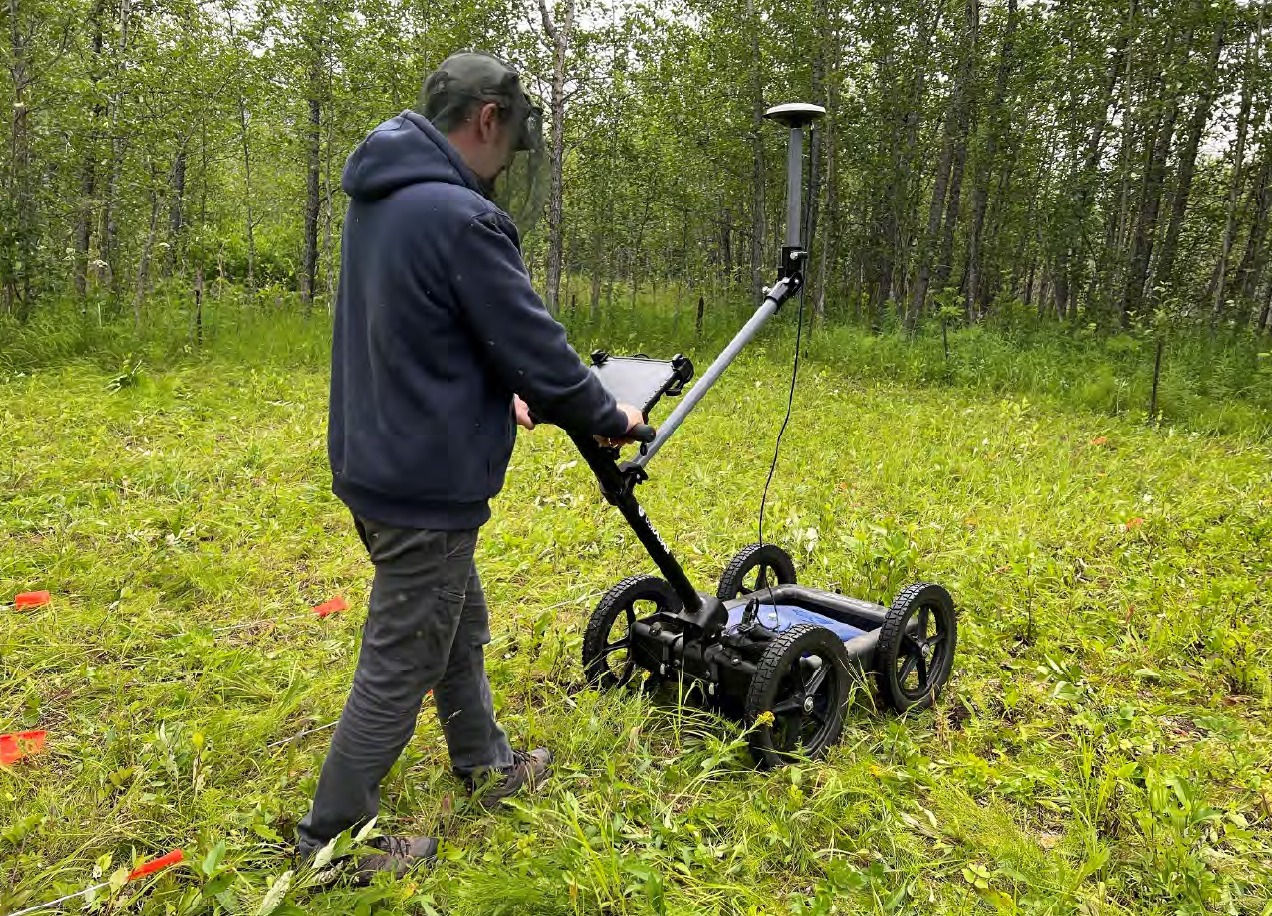Please join us in congratulating Kawerak’s Environmental Program Director, Anahma Shannon. She was recently awarded the 2020 Environmental Leader Award by the Alaska Tribal Conference on Environmental Management. The Environmental Leader Award is awarded to an established tribal environmental professional who demonstrates outstanding motivation and leadership with environmental projects in their community.
Anahma says, “I’m honored to receive this award and must point out that it would be impossible to succeed with these types of projects without the many people who contribute their time, expertise, and are dedicated to seeing them through for the betterment of their communities.
Nomination
“Anahma Shannon is the Environmental Program Director at Kawerak, Inc., serving communities in the Bering Strait region. In her position, Anahma has acquired invaluable knowledge regarding multiple various environmental grants and how to get multiple programs to work together in order to best serve a project or community. Over the years, Anahma has been involved with multiple projects in Nome and around the region including: recycling (https://www.knom.org/wp/blog/2016/07/02/keeping-nome-clean-in-2016/), spill response (https://www.knom.org/wp/blog/2018/02/05/lepc-kawerak-and-state-fostering-regional-emergency-preparedness-ahead-of-local-workshop/) and more.
A great example of her skill set in action is the former Fish Processing Plant in Golovin, a current brownfield site. The plant has not been in use in decades and the land below it is eroding into Golovin Lagoon. Anahma brainstormed with multiple different stakeholders including the City of Golovin, Chinik Eskimo Community, private citizens, and the State of Alaska on how to assess the property, remediate the property, remove the buildings and then redevelop the property into something more suitable to the changing climate. With her knowledge, the project was/is able to utilize IGAP, Brownfields, and more federal grants in order to move the site forward towards its ultimate reuse. The site could have stalled at multiple junctures without her knowledge on how to best coordinate grants for the maximum benefit, and her continued communication with different stakeholders. Without Anahma, the buildings may have eventually collapsed into the lagoon with Hazardous Building Materials still inside; the sea ice has continued to hit the buildings during the winter months as the beach buffer is no longer present. With Anahma, the site is currently awaiting soil excavation and disposal – the last piece before the site is considered ready for reuse.”
Thank you for all you do for our Bering Strait communities Anahma!





